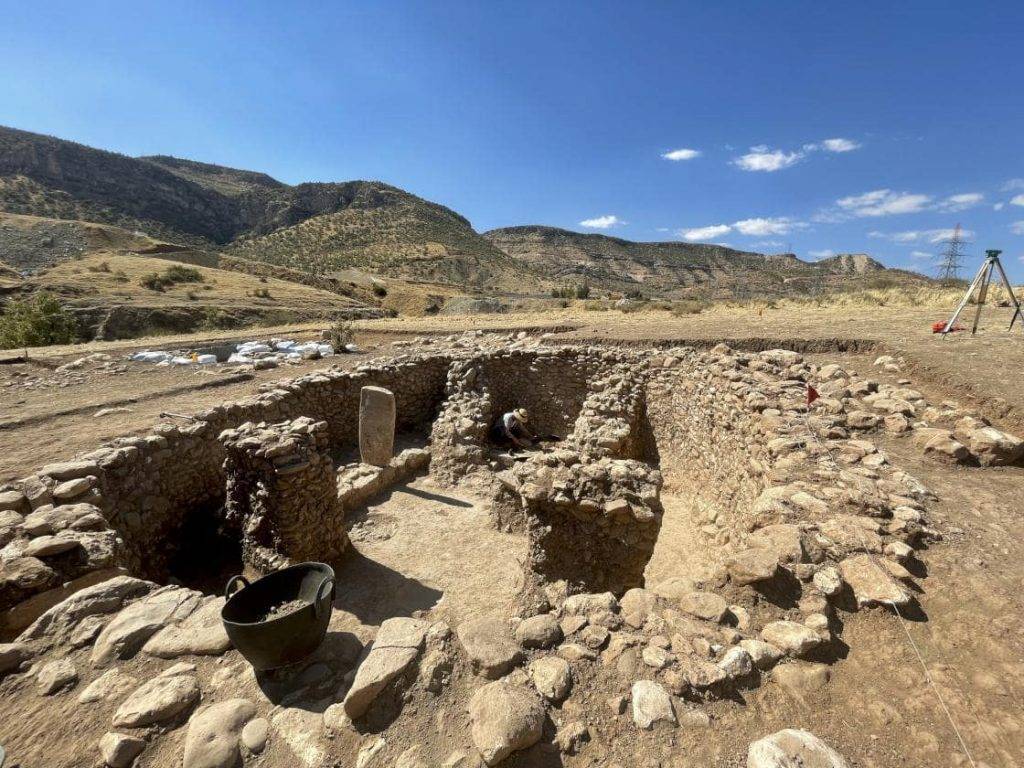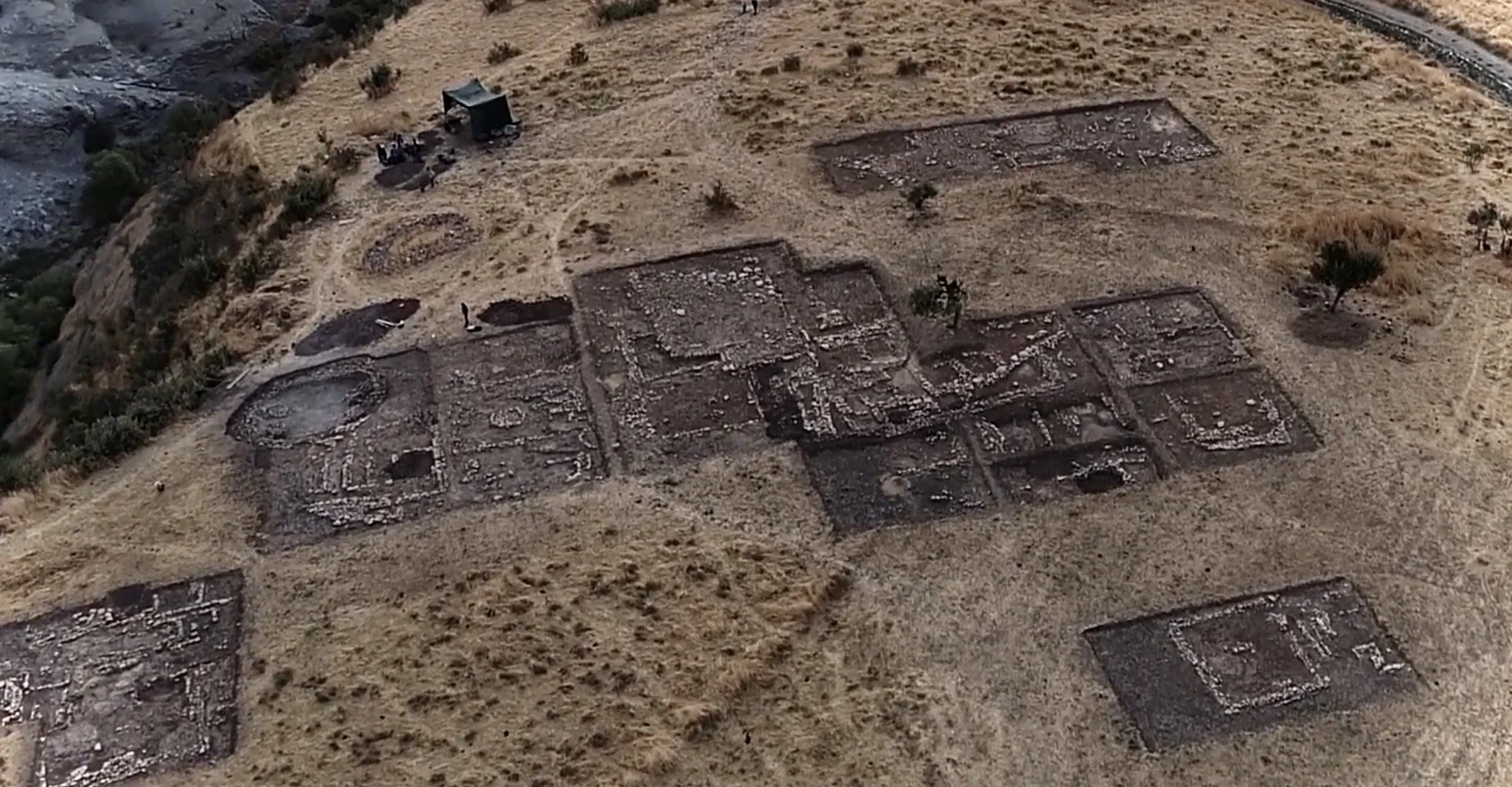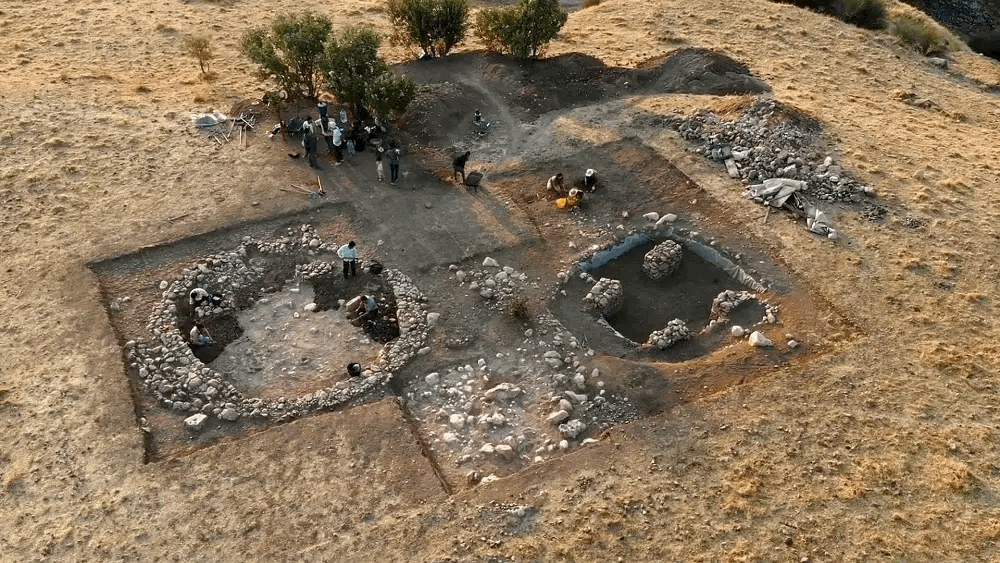Boncuklu Tarla is an archaeological site located in the Mardin Province of Turkey. It has garnered attention due to its Neolithic period remains, which provide insights into early human settlements and the transition from nomadic to sedentary lifestyles. The site is significant for its well-preserved architectural structures and artifacts that shed light on the social and cultural practices of its ancient inhabitants.
Get your dose of History via Email
Historical Background of Boncuklu Tarla
Discovered in 2008, Boncuklu Tarla has since been a focal point for archaeologists. The site dates back to the Neolithic period, around 10,000 years ago. Excavations led by Dr. Ergul Kodas have unearthed structures and artifacts that suggest a complex society. The inhabitants of Boncuklu Tarla were among the first to transition from hunting and gathering to agriculture.
The builders of Boncuklu Tarla are believed to be early agrarian communities. They constructed circular and rectangular buildings, indicating an advanced understanding of architecture. The site’s discovery has provided a new chapter in the history of human settlement in the region. It offers a parallel narrative to the famed Göbekli Tepe, which lies approximately 200 kilometers to the west.
Over time, Boncuklu Tarla saw various inhabitants. However, it is not known to have been the scene of any historically significant events. Its importance lies in the everyday life and culture it reveals. The site’s continuous occupation offers a rare glimpse into the evolution of Neolithic societies in the region.

While Boncuklu Tarla is not as widely known as some other Neolithic sites, its contributions to the understanding of early human settlements are invaluable. The site’s excavation continues to reveal the complexity of social structures during this period. It also provides evidence of early agricultural practices and religious beliefs.
The discovery of Boncuklu Tarla has not only expanded our knowledge of Neolithic societies but also highlighted the rich cultural heritage of southeastern Anatolia. It stands as a testament to the ingenuity of early human societies and their ability to adapt and thrive in a changing world.
About Boncuklu Tarla
Boncuklu Tarla is a testament to early human ingenuity. The site’s structures are primarily made of mudbrick, a common building material during the Neolithic period. The buildings at Boncuklu Tarla are characterized by their circular and rectangular shapes, which indicate a level of architectural planning and community organization.
The construction methods at Boncuklu Tarla reflect the technological capabilities of its builders. The use of mudbrick suggests a settled community invested in long-term habitation. The site also contains stone tools and pottery, which provide insights into the daily lives of its inhabitants.
Architectural highlights of Boncuklu Tarla include the remains of what appear to be communal buildings. These structures may have served as gathering places for the community, indicating a social structure that valued communal activities. The presence of such buildings suggests a complex society with social hierarchies and shared cultural practices.
The layout of Boncuklu Tarla reveals a deliberate organization of space. The positioning of buildings and the presence of open areas suggest that the community had designated spaces for different activities. This spatial organization provides clues about the social and cultural norms of the time.

The artifacts found at Boncuklu Tarla, such as pottery and tools, are not only functional but also bear artistic significance. The designs and craftsmanship found on these objects offer a window into the aesthetic sensibilities of the Neolithic people who lived there.
Theories and Interpretations
Theories about Boncuklu Tarla revolve around its role in the Neolithic period. Some scholars suggest it was a key site for the development of agriculture and sedentary lifestyles. The presence of grinding stones and other agricultural tools supports this theory.
The site’s structures have led to various interpretations. Some believe the communal buildings were used for religious or ceremonial purposes. This is based on the elaborate nature of some of the buildings and the artifacts found within them.
Mysteries surround Boncuklu Tarla, particularly regarding the symbols and motifs found on artifacts. These designs may have held cultural or religious significance, but their exact meanings remain elusive. Researchers continue to match these findings with historical records to gain a better understanding.
Dating of Boncuklu Tarla has been carried out using methods such as radiocarbon dating. These techniques have confirmed the site’s age and have helped place it within the broader context of human history in the region.
The interpretations of Boncuklu Tarla are ongoing. As excavations continue, new findings may challenge existing theories or provide further evidence to support them. The site remains a dynamic subject of study for archaeologists and historians alike.
At a glance
- Country: Turkey
- Civilization: Neolithic communities
- Age: Approximately 10,000 years old
Conclusion and Sources
- Wikipedia – https://en.wikipedia.org/wiki/Boncuklu_Tarla
- Image – https://www.destinations.com.tr/boncuklu-tarla-the-place-older-than-gobekli-tepe/
- Image – https://arkeonews.net/a-12-000-year-old-temple-was-found-during-excavations-in-boncuklu-tarla-in-southeastern-turkey/
- Image – https://www.reddit.com/r/GrahamHancock/comments/fdaf4a/site_found_in_turkey_older_than_gobeckli_tepe/

